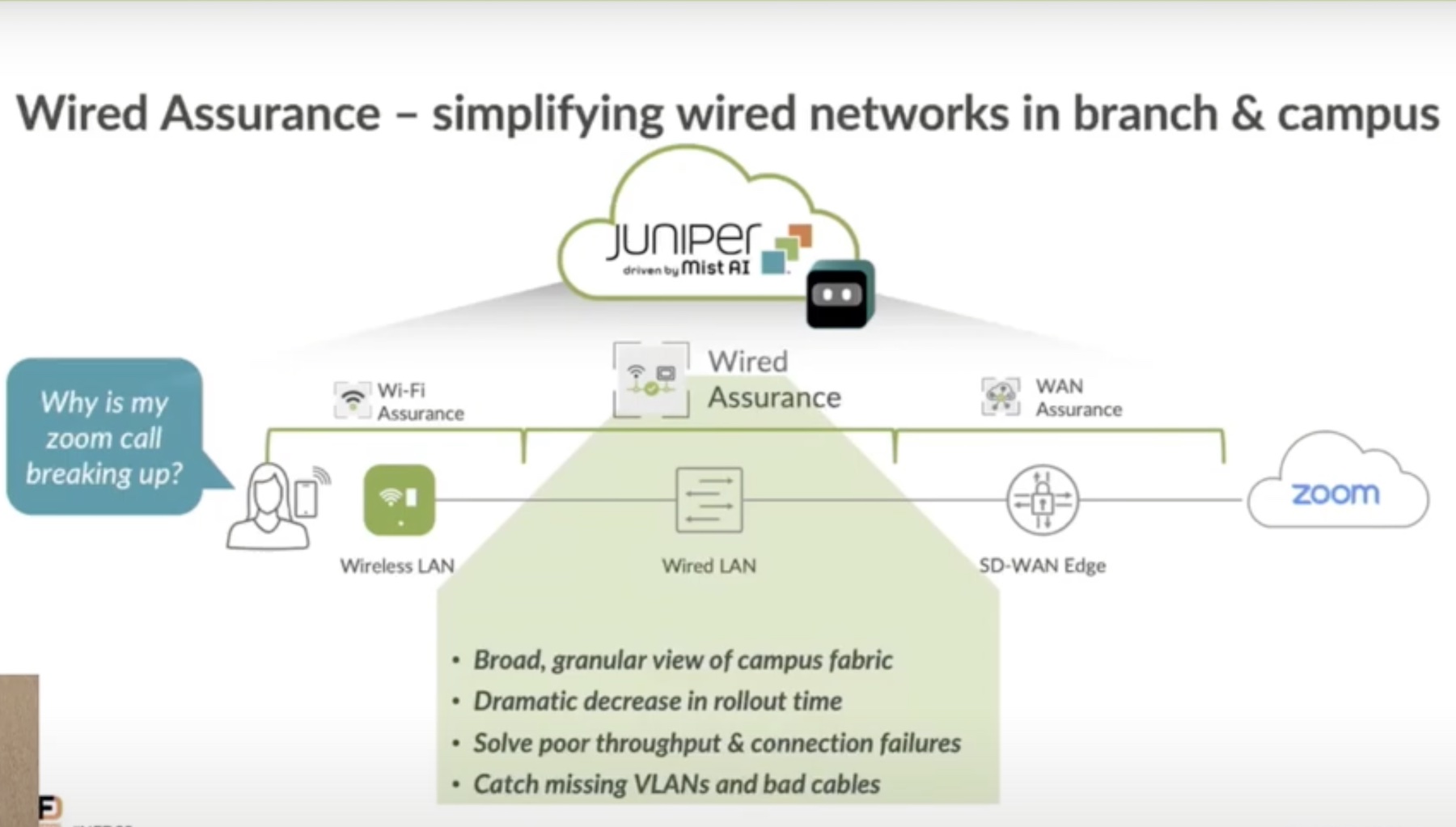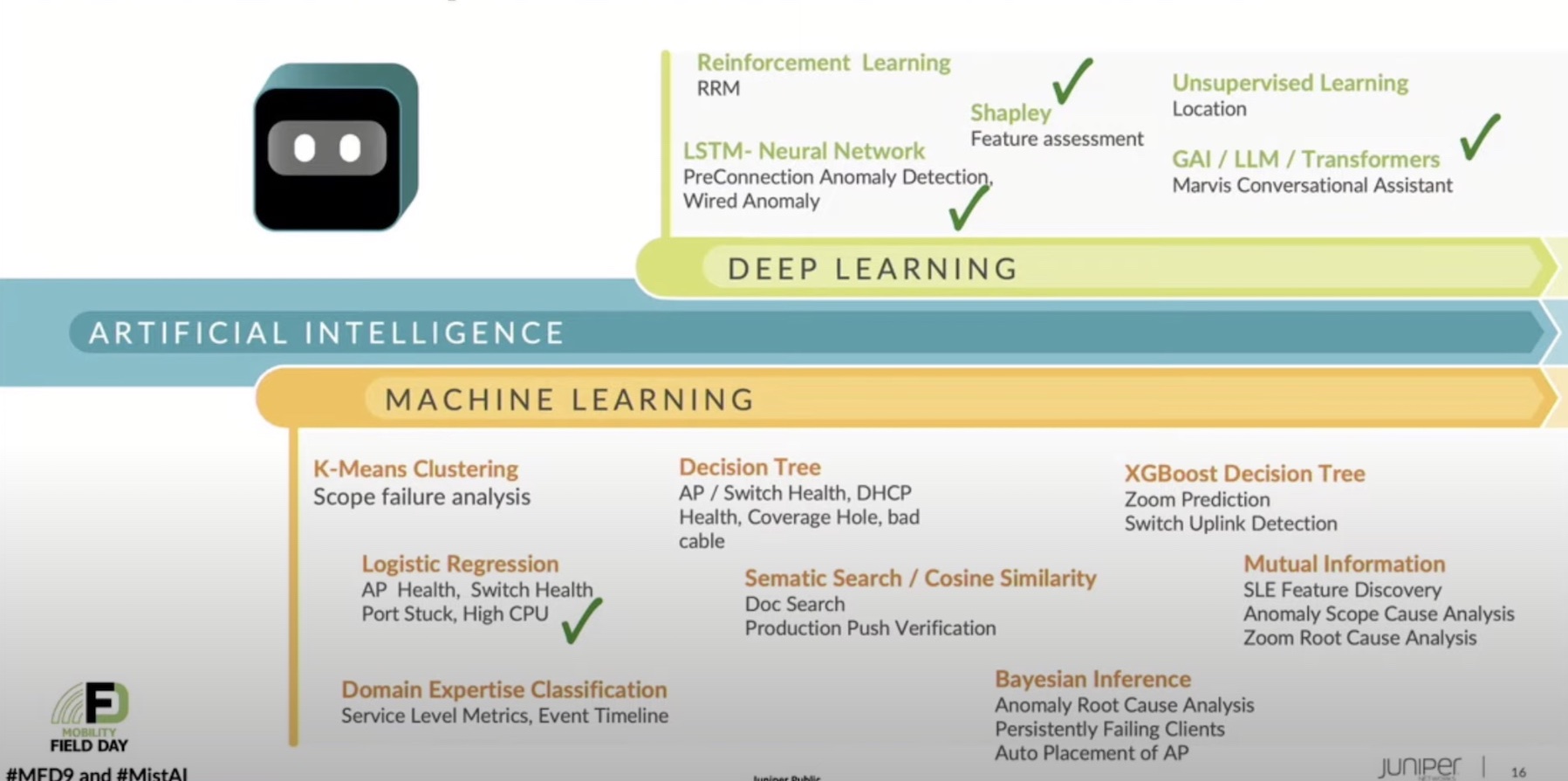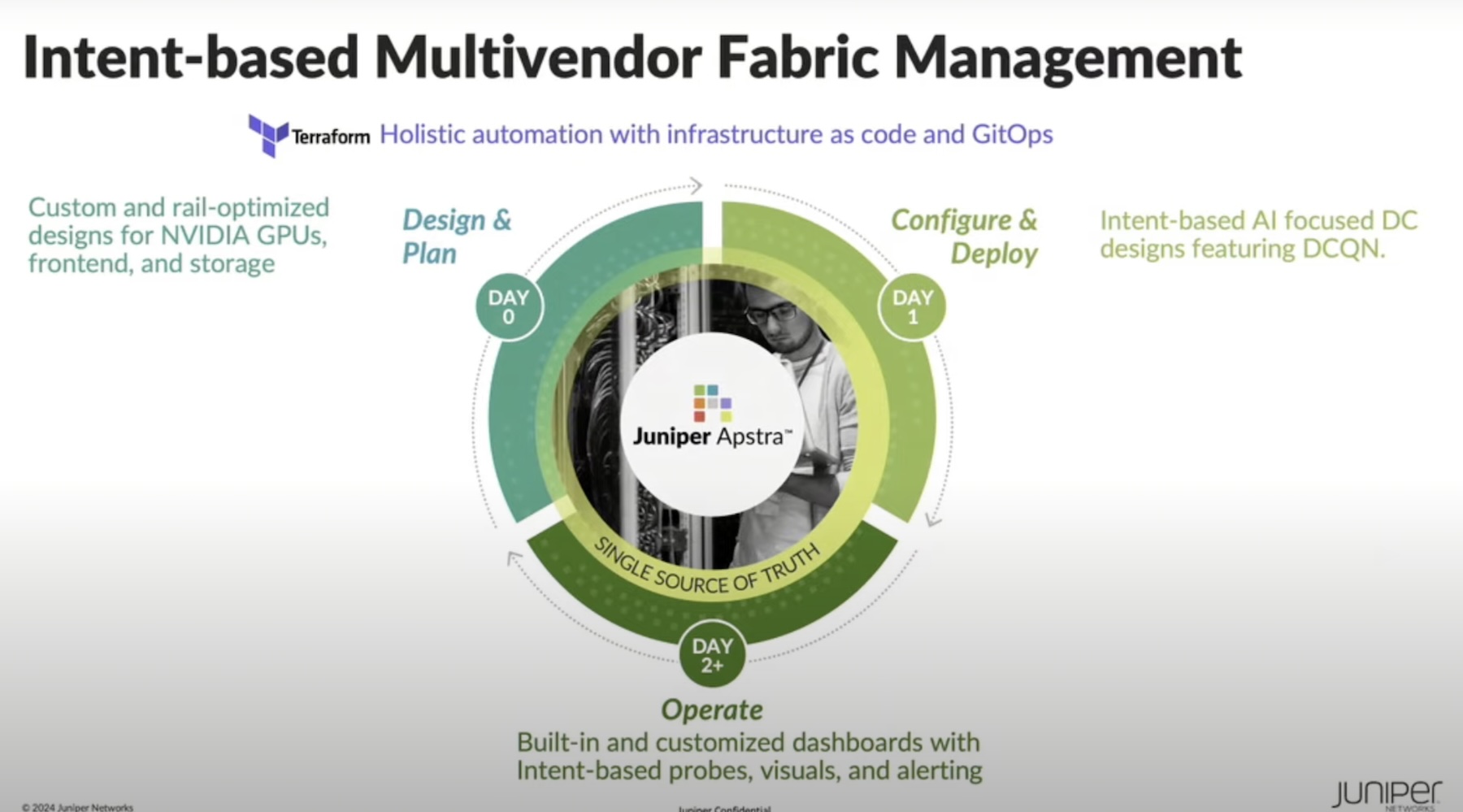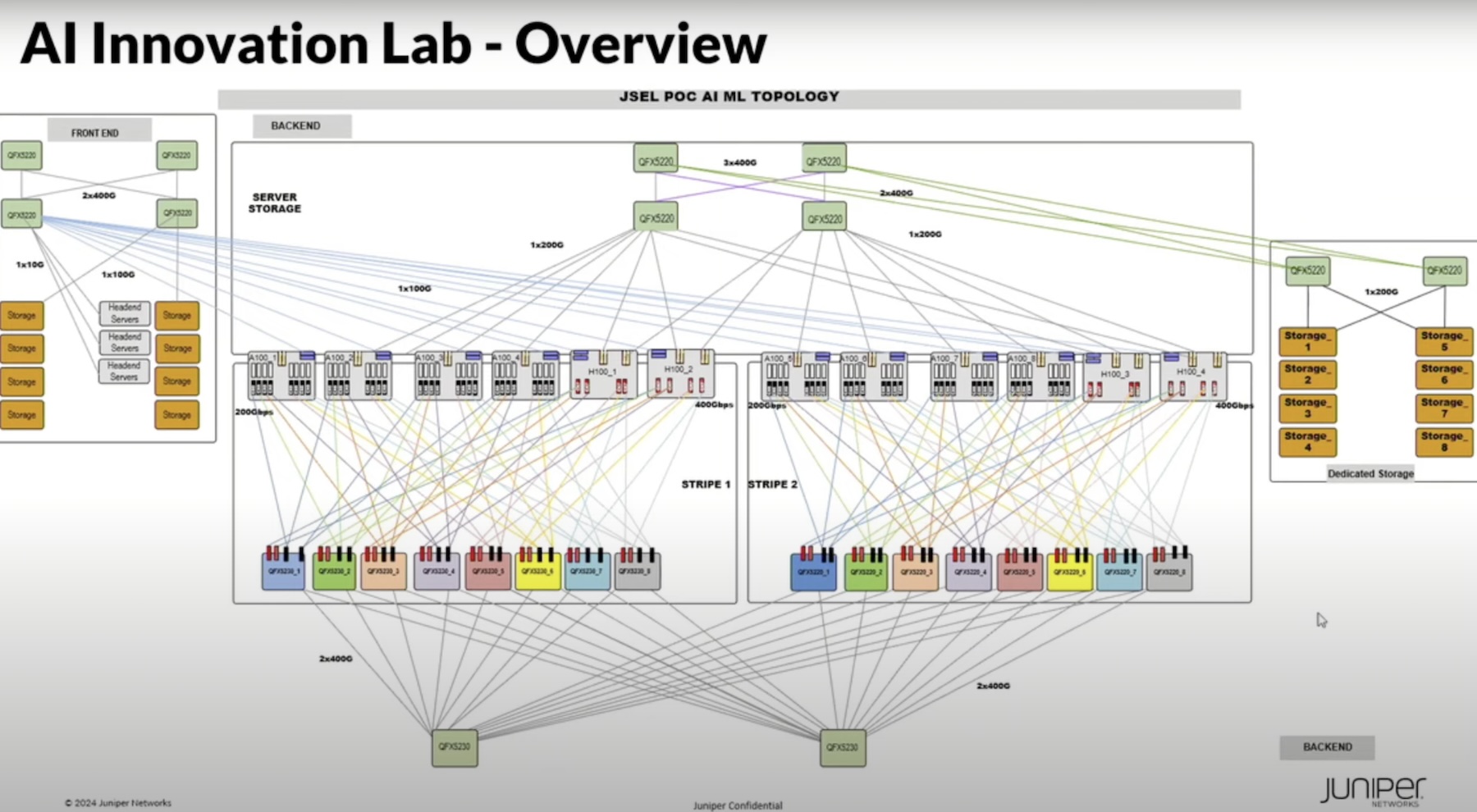During Mobility Field Day 4 I got a chance to watch a visionary person tell me how the world of analytics was about to be transformed. Bob Friday is the kind of person that looks at the world in a slightly different way than the rest of us. Every time I talk to him outside of presentations, we always discuss his hobbies like making wine. But when the subject inevitably shifts to technology, you can see the passion he has for building AI and ML platforms almost as much as putting grapes into bottles.
I had a chance to sit down with Bob during CWNP Wi-Fi Trek 2019 and follow up on some of the things that he had talked about during Mobility Field Day. Here’s a quick recap of his presentation about how Mist’s Marvis platform is going to enhance the ability of people to get their job done with better confidence:
Bob and I started off with the biggest unknown out there right now: Will AI take the jobs of junior network admins? You may recall hearing this question come up every time a new platform is poised to make changes in our industry. Whether it’s SDN, Automation, or even whitebox switching I’m constantly told that it will mean the end of low-level tech jobs.
Bob Friday thinks differently than we do. He is quick to admit that the work of a lot of those low-level admins is going to be replaced by AI platforms like Marvis. And that’s a good thing! Because the work we have them doing is menial at best and prone to error at worst. Why should we have someone interface with a device to pull information from it? Why can’t we have a system automatically find a switch serial number and then tell us how much more warranty coverage is available? Or have the switch automatically give us a list of VLANS on a particular link?
That kind of information gathering is table stakes. Where it goes next level, according to Bob, is taking the questions that those same low-level admins have and making sense of the data. Part of learning the job of administration and higher-level engineering is learning how to ask the right questions. It’s not enough to go to Google and simply type in “Why is my network slow.” You have to know how to apply critical thinking instead and ask questions like “What is the minimum threshold for fair queuing” or “What is the maximum number of clients that can connect to an AP?”
Both of those higher-order questions can be potential answers to the first lower-order question. In the world of IT today, we know that the higher-order questions tend to come from people with more experience. They know what to look for. Bob and his team at Mist are trying to build a system to bridge the gap between those two queries. That’s because the system has the data that it needs to start answering easy questions intelligently and make them look smarter.
The Network’s In Jeopardy
What do I mean here? Let’s take the above questions in a different light. We dislike the “why is it slow” kind of question because the answers could literally come from anywhere. We have to do some investigation to eliminate a lot of unimportant information. For example, if we start investigating and ask why the minimum fair queue threshold isn’t being met, we can eliminate that as a potential issue and move on to something else. But, today, we still have to ask and answer the question.
Where a tool like Marvis comes into play is answering the hard question when the easy question is being asked. If an AI platform can look at the data and eliminate fair queuing as the source of the problem then it has saved us time. But, more importantly, AI platforms like the one Mist is building will allow us to fix things that we didn’t know were broken. Because we start asking the important questions in the same way our users would ask them rather than applying our biases.
When we see an issue, we automatically start thinking about it in terms of how we solved this issue in the past. This problem looks like X so we’re going to investigate all the things related to X. It might fix it in the short term, but what happens if it comes back and we know that we fixed X? We have to start again. Now, what if we ask a more general question like “why is this broken?” and instead an intelligent system starts returning potential sources of problems that we didn’t consider?
The Oracle of Fidelity
That, to me and to Bob Friday, is the power of AI. He referenced it during Mobility Field Day 4 when he called it “Network Jeopardy”. Network admins and engineers should spend their time answering trivia questions. Instead, they should be looking at how to validate their configurations and make them more reliable. Because fixing random settings doesn’t always solve problems. But a platform that has visibility across the entire network can tell you why combinations of settings could be leading to poor performance.
Ultimately, that’s the end goal for platforms like Marvis. Not answering questions. Not providing trivia help. Instead, it should be increasing reliability, both by helping admins fix issues that are occurring and preventing them in the first place. If the system knows that problems can occur when too many people are connected to an access point, it can tell you ahead of time when that’s about to happen. And that’s the magic of IT to end users. Fixing problems before they happen increases reliability in the network and makes people content and happy to get their tasks done.
And that’s why AI isn’t going to take the jobs of low-level admins. It’s going to change the way their tasks are done. If the AI is answering the questions that we all have about the state and relatability of the network, we can instead focus on other important aspects of keeping the state machine rolling along. No AI system will ever completely replace the people behind the scenes because no system can anticipate all the things that could happen. But freeing people to focus on those harder, non-AI issues is a great way to make better use of their time.
Bringing It All Together
Bob Friday has a great outlook on the future. AI isn’t going to take jobs. It’s going to give people better jobs. AI isn’t going to eliminate the need to have people looking at the network. Instead, it’s going to make them more efficient at answering the right questions instead of focusing on the wrong ones at a rapid-fire pace. AI is the future of the network because it’s the best way to make everything more reliable in the long term. Bob and the people at Mist are building that future right now.
If you’d like to learn more about Mist and Juniper and the Marvis AI platform, make sure you check them out at https://www.mist.com




